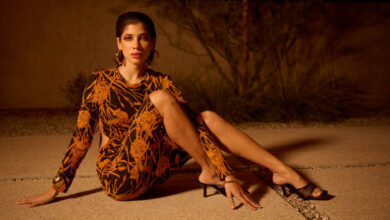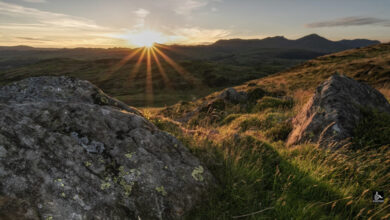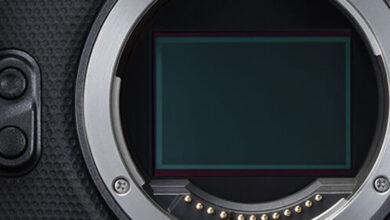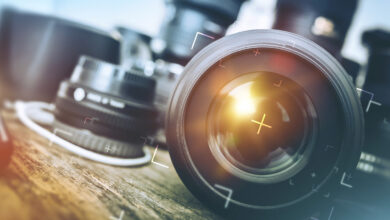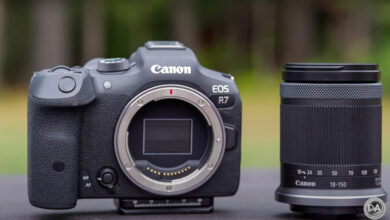Compact and Always With You: We Review the Leica Q3
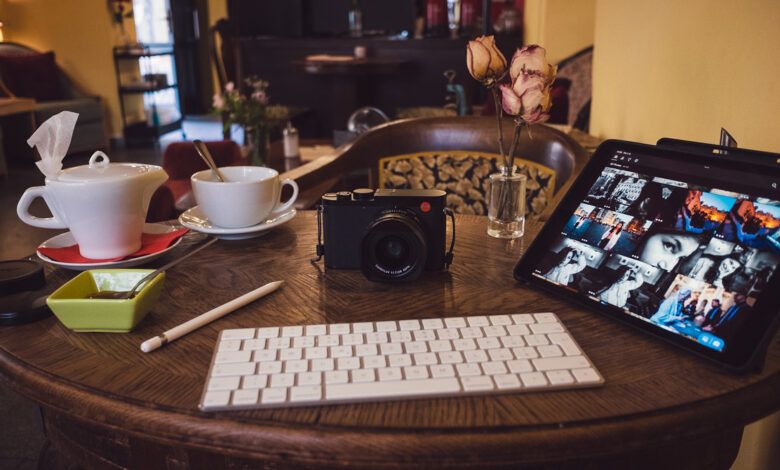
Many people have been patiently waiting for it, and even more people can only dream of getting it, but there’s one thing you can’t deny: Leica Q3 is a damn good camera. Is it worth it? For many Leica lovers, that’s for sure. With you? Well, let’s see what it has to offer first.
Unfazed by the modern world
As I said in my first hands-on post a week ago, the camera’s design is timeless, minimalist, and many would even say simple. The body focuses on a simple goal. Take a picture and don’t worry about the rest. Here’s a quick disclaimer: I’ve never been a Leica fan. I’ve never understood the appeal, especially considering what the folks at Wetzlar are charging for their cameras. The SL2 just an extremely annoying camera to use for my personal taste. Until M11, I never really grasped the hype and dream of having one of many shooters. However, with all that said, I just love using Leica Q3. That is not an exaggeration. Although, it was not a love at first sight. It took me a few days, but when I got there, I had a few more days with it before having to sadly return it.
Everything you need to shoot is laid out on camera the way I like it. You have a shutter speed wheel at the top next to the exposure compensation wheel, which can become an ISO/shutter speed wheel with a single tap, depending on your settings. This lens is famous from the previous two generations of Leica Q cameras. That means your aperture dial remains in the same position as the manual focus ring and macro switch. The back of the camera has the same number of buttons as Leica Q2, which means we have a d-pad, play, simple menu and three blank Fn buttons. However, two welcome improvements have occurred here. Firstly, the buttons have been moved to the right, meaning you can easily operate the camera with just one hand.
The second improvement is the inclusion of a tilting mechanism in the rear LCD. And a really good thing is done there. Tilt feels solid, smooth and easy. No squeaks or clicks. It just works. The display is perfect even on a sunny day as long as you don’t smudge the screen before using the viewfinder. We, left-eye shooters, know this very well. My only complaint about the tilt is that the bezels at the top and bottom of the screen made it possible for us to get to the screen which is a bit small and difficult to reach without using our fingernails. It’s not a big deal at the moment, but I can see it getting unwieldy in the winter when you’re wearing gloves.
My final complaint about the external controls concerns the focus ring. The switching mechanism between manual and auto focus is well done. It’s built into the small handle below the lens that you use when focusing manually. But manual focus doesn’t feel good. The ring is smooth, very precise, and doesn’t rotate like many other fly-by-wire lenses. However, the resistance is a bit too much to be able to focus quickly. You need to give it a fair amount of force for it to move fast, and even then, it’s certainly not as fast as what we’re used to. Leica M-mount lenses.

Fast enough for most uses
Fortunately, the autofocus is good enough that you don’t need to use the manual focus ring too much. I’ve been using this camera for over a week, so I’ve had quite a few occasions to test it out. For the majority of my shots, it performs flawlessly. I often swap between spot, field, area, and face detection modes, either in AF-S or AF-C mode. And whether the camera is used when I’m out for a walk taking pictures of the street, when walking with my restless baby just starting to run, or to record a concert in a well-lit church , it rarely fails to focus on the subject.
But I would be lying if I said it was perfect. Sometimes the desired subject moves across the focus plane by the time I fully press the shutter button. This usually happens when the subject is walking towards me or when the light is a bit dimmer. My suggest? Don’t expect to be able to shoot fast-moving action unless it’s parallel to you. Focus speed and tracking reminds me of a Panasonic S5, this isn’t bad by any measure when you’re using single focus and don’t plan on tracking.
60 Megapixel Star of the Show
For 10 days I used Leica Q3, it has managed to spoil me. Analog sensor loved by Leica M11 the user is running the program here and I hope you’ll excuse my french, but damn, it’s breathtaking! I have used high resolution cameras many times before. I shot with a7R IV and VU by Sony, Canon R5and every single GFX Fujifilm has released so far and they are all great cameras in their own right. But this sensor and lens combination feels different in the best possible way.
Picture quality, noise, color, and detail all combined in one convenient package that I have no reason not to take with me wherever I go, providing a truly immersive experience. interesting. I never actually zoomed in on the camera after taking a shot to see if it was in focus, but with Q3, I just need all the time. Not to confirm focus, but just to enjoy what the camera has made, especially in the beautiful viewfinder. I’ve always liked the viewfinder of my Fujifilm camera, but when I shoot a concert with Q3 and a X-T5 with the new XF 56mm f/1.2 R WR lens, I’m just disappointed when compared to Fujifilm’s viewfinder. Leica is on a whole different level in terms of clarity, brightness and colour.
Back to the sensor, though. As long as I expose well enough that I don’t lose highlights, I know I can always bring the shadows back with ease and with minimal noise. The files are pretty clean and the high ISO images have this lovely “grainy” structure. The color is pretty neutral, but the reality is that you have a lot of room to work with it – nothing beats the gradient in one way or another like we’re used to with other brands.
Crop a 60-megapixel photo
One negative I encountered was vertical chromatic aberration in out-of-focus contrast areas. It only happens when I shoot in a dark environment with bright windows in the image. The transition from the black frame to bright white shows some chromatic aberrations when they are out of focus and shot at f/1.7. Nothing too remarkable, but it’s there when you know what you’re looking for.
Daily use
Let’s start with the most important note here, the battery. For my use, it’s not a problem. CIPA rates it at 350 shots, but I easily squeezed twice as many just by using it like I would with any other mirrorless camera. Turn it off when it’s lying down and turn it on when you lift it close to your eyes. The boot time is barely noticeable. Combine that with USB-C charging or the new wireless charging option with optional HG-DC1 ergonomic handle and you don’t have to worry about battery life.
Getting images out of the camera is easy using the included USB-C to Lightning cable. I’m an Android user, but I edit most of my images on the basic 2021 iPad, so I’m looking forward to that feature. Unfortunately, the Leica Fotos app took a great time sending the images to my iPad via cable. I just use my trusty Lightning to SD card adapter, which makes importing into Lightroom much faster and simpler. And thanks to the files being DNG, I don’t need to wait for official support from Adobe. The files just work, even though the camera isn’t actually out yet.
One final tip is the strap. The eyelets are a bit too small for the much loved Peak Design anchor links. You need to use the traditional D-rings to attach the strap. Luckily, I’ve got a cam strap using a similar system but with thinner anchor links for easier threading through the eyelets.
What I like
Just carrying my camera with me every day and using it as my “daily driver” makes sense. The images I received were beautiful and the process of using the camera was enjoyable. I managed to customize the controls for my personal use in such a way that I never needed to enter the menu and could only focus on the scene in front of me. The camera is extremely silent thanks to the combination of electronic and leaf shutter. Flash users will definitely love the ability to sync up to 1/2000 second.
The autofocus is fast enough for most of my uses, and I rarely miss a shot once I know how to use it. The viewfinder is bright, large, and sharp. And so is the tilting screen on the back. Both are equally usable, each with its own advantages. There wasn’t a single drop of rain while I held the camera to play, but I’m very pleased with the official IP52 rating. It’s nice to not have to worry about the rain when you’re out trying to capture the moment.
What I don’t like
The front of the machine is very flat and has no features to cling to. This can be remedied with an optional grip, and as a Fujifilm user I understand the opposing argument about the thumb, but a small bezel on the front as seen in the X-series- Pro will make a big difference. I often fear dropping the camera if I try to use my thumb to press a button on the back with one hand.
Sample
Definitely not for everyone
Do I really enjoy using the camera? Sure! Will I buy one? Are not. I can get the same job done for a fraction of the price, maybe except for the incredible amount of detail. But I totally understand the appeal and why people would spend money to get one. It’s fun to use, gets beautiful results, feels premium, and doesn’t frighten your audience.
Single-focal large-sensor compact cameras are a niche segment and don’t have many options. We had GRIII from Ricoh, X100V from Fujifilm, and the king of the pack, Leica Q3. Each of these has its own list of benefits over the other. The Leica Q3 there are many and it is up to you which of these is perfect for your use.
That said, I’m using my Fujifilm X70, the camera that I used to take the main shot of this review as well as the other Leica shots in the article, with the exception of the one shown here. outside shooting.


